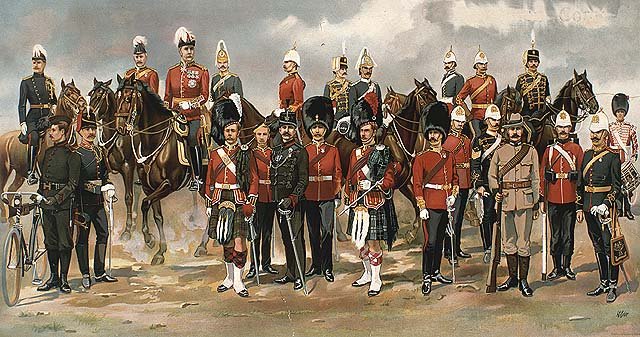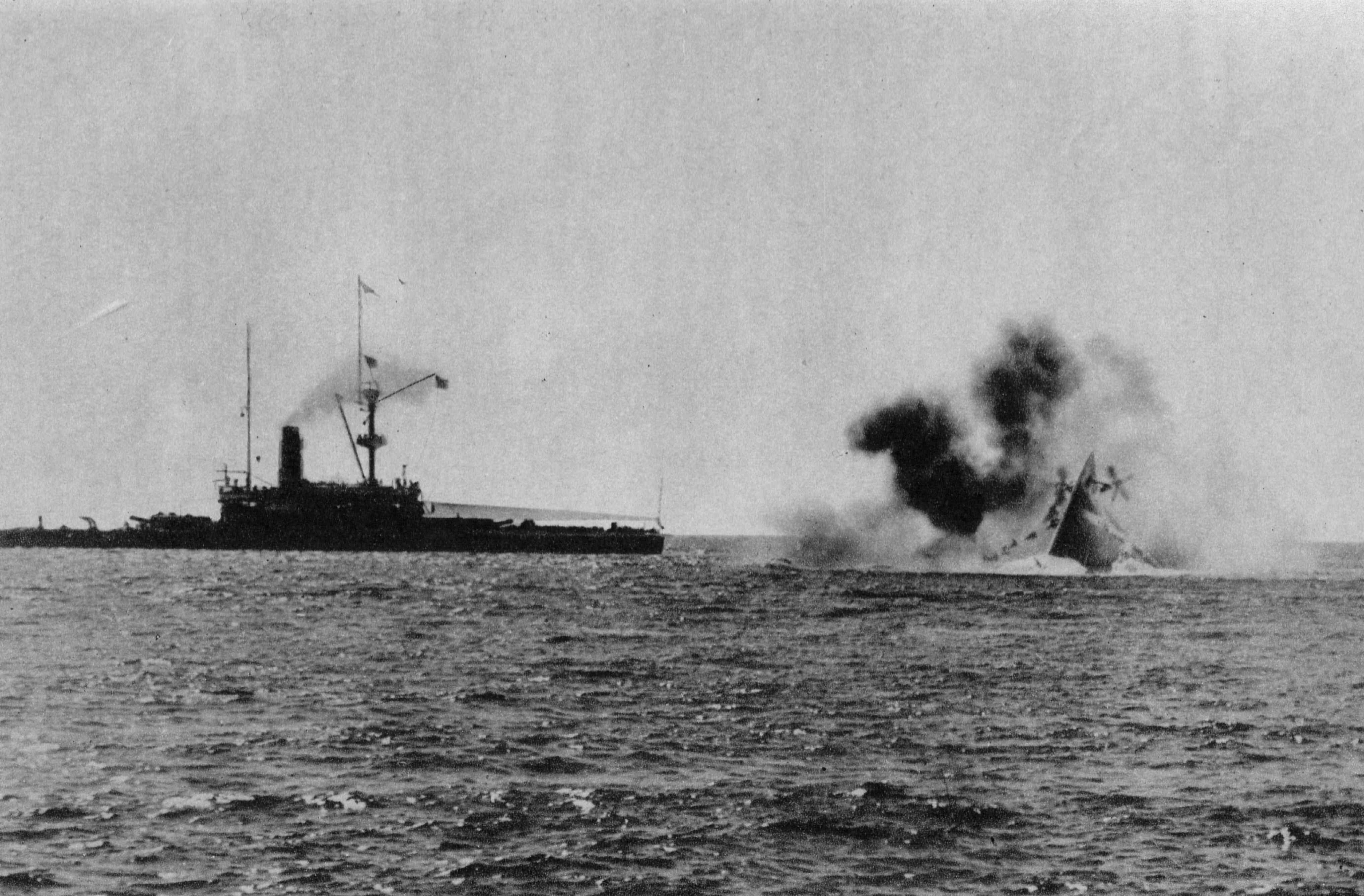|
Equestrian Statue Of Ferdinand Foch, London
The Equestrian statue of Ferdinand Foch stands in Lower Grosvenor Gardens, London. The sculptor was Georges Malissard and the statue is a replica of another raised in Cassel, France. Foch, appointed Supreme Commander of the Allied Forces on the Western Front in the Spring of 1918, was widely seen as the architect of Germany's ultimate defeat and surrender in November 1918. Among many other honours, he was made an honorary Field marshal in the British Army, the only French military commander to receive such a distinction. Following Foch's death in March 1929, a campaign was launched to erect a statue in London in his memory. The Foch Memorial Committee chose Malissard as the sculptor, who produced a replica of his 1928 statue of Foch at Cassel. The statue was unveiled by the Prince of Wales on 5 June 1930. Designated a Grade II listed structure in 1958, the statue's status was raised to Grade II* in 2016. History Ferdinand Foch (1851–1929) began his military career as an enli ... [...More Info...] [...Related Items...] OR: [Wikipedia] [Google] [Baidu] |
Georges Malissard
Georges Malissard (3 October 1877 – 13 April 1942) was a French sculptor. His work was part of the Art competitions at the 1932 Summer Olympics#Sculpture, sculpture event in the Art competitions at the 1932 Summer Olympics, art competition at the 1932 Summer Olympics. References 1877 births 1942 deaths 20th-century French sculptors French male sculptors Olympic competitors in art competitions Artists from Nord (French department) {{France-sculptor-stub ... [...More Info...] [...Related Items...] OR: [Wikipedia] [Google] [Baidu] |
Order Of Merit
The Order of Merit (french: link=no, Ordre du Mérite) is an order of merit for the Commonwealth realms, recognising distinguished service in the armed forces, science, art, literature, or for the promotion of culture. Established in 1902 by King Edward VII, admission into the order remains the personal gift of its Sovereign—currently Edward VII's great-great-grandson, Charles III—and is restricted to a maximum of 24 living recipients from the Commonwealth realms, plus a limited number of honorary members. While all members are awarded the right to use the post-nominal letters ''OM'' and wear the badge of the order, the Order of Merit's precedence among other honours differs between countries. History In around 1773, King George III considered establishing an order of knighthood to be called the "Order of Minerva" with membership restricted to 24 distinguished artists and authors. Knights would be entitled to the post-nominal letters ''KM'', and would wear a silver nine-po ... [...More Info...] [...Related Items...] OR: [Wikipedia] [Google] [Baidu] |
Uniform
A uniform is a variety of clothing worn by members of an organization while participating in that organization's activity. Modern uniforms are most often worn by armed forces and paramilitary organizations such as police, emergency services, security guards, in some workplaces and schools and by inmates in prisons. In some countries, some other officials also wear uniforms in their duties; such is the case of the Public Health Service Commissioned Corps, Commissioned Corps of the United States Public Health Service or the France, French préfet, prefects. For some organizations, such as police, it may be illegal for non members to wear the uniform. Etymology From the Latin ''unus'', one, and ''forma'', form. Corporate and work uniforms Workers sometimes wear uniforms or corporate clothing of one nature or another. Workers dress code, required to wear a uniform may include retail workers, bank and post-office workers, public security, public-security and health-care workers, ... [...More Info...] [...Related Items...] OR: [Wikipedia] [Google] [Baidu] |
Portland Stone
Portland stone is a limestone from the Tithonian stage of the Jurassic period quarried on the Isle of Portland, Dorset. The quarries are cut in beds of white-grey limestone separated by chert beds. It has been used extensively as a building stone throughout the British Isles, notably in major public buildings in London such as St Paul's Cathedral and Buckingham Palace. Portland Stone is also exported to many countries—being used for example in the United Nations headquarters in New York City. Geology Portland Stone formed in a marine environment, on the floor of a shallow, warm, sub-tropical sea probably near land (as evidenced by fossilized driftwood, which is not uncommon). When seawater is warmed by the sun, its capacity to hold dissolved gas is reduced; consequently, dissolved carbon dioxide (CO2) is released into the atmosphere as a gas. Calcium and bicarbonate ions within the water are then able to combine, to form calcium carbonate (CaCO3) as a precipitate. The proces ... [...More Info...] [...Related Items...] OR: [Wikipedia] [Google] [Baidu] |
Bronze
Bronze is an alloy consisting primarily of copper, commonly with about 12–12.5% tin and often with the addition of other metals (including aluminium, manganese, nickel, or zinc) and sometimes non-metals, such as phosphorus, or metalloids such as arsenic or silicon. These additions produce a range of alloys that may be harder than copper alone, or have other useful properties, such as ultimate tensile strength, strength, ductility, or machinability. The three-age system, archaeological period in which bronze was the hardest metal in widespread use is known as the Bronze Age. The beginning of the Bronze Age in western Eurasia and India is conventionally dated to the mid-4th millennium BCE (~3500 BCE), and to the early 2nd millennium BCE in China; elsewhere it gradually spread across regions. The Bronze Age was followed by the Iron Age starting from about 1300 BCE and reaching most of Eurasia by about 500 BCE, although bronze continued to be much more widely used than it is in mod ... [...More Info...] [...Related Items...] OR: [Wikipedia] [Google] [Baidu] |
John Jellicoe, 1st Earl Jellicoe
Admiral of the Fleet John Rushworth Jellicoe, 1st Earl Jellicoe, (5 December 1859 – 20 November 1935) was a Royal Navy officer. He fought in the Anglo-Egyptian War and the Boxer Rebellion and commanded the Grand Fleet at the Battle of Jutland in May 1916 during the First World War. His handling of the fleet at that battle was controversial. Jellicoe made no serious mistakes and the German High Seas Fleet retreated to port, at a time when defeat would have been catastrophic for Britain, but the public was disappointed that the Royal Navy had not won a more dramatic victory given that they outnumbered the enemy. Jellicoe later served as First Sea Lord, overseeing the expansion of the Naval Staff at the Admiralty and the introduction of convoys, but was relieved at the end of 1917. He also served as the Governor-General of New Zealand in the early 1920s. Early life Jellicoe was born on 5 December 1859 in Southampton, Hampshire. Jellicoe was the son of John Henry Jellicoe, a capta ... [...More Info...] [...Related Items...] OR: [Wikipedia] [Google] [Baidu] |
Golden Arrow (train)
The ' (french: Flèche d’Or) was a luxury boat train of the Southern Railway and later British Railways. It linked London with Dover, where passengers took the ferry to Calais to join the ' of the Chemin de Fer du Nord and later SNCF which took them on to Paris. History The ''Flèche d’Or'' was introduced in 1926 as an all-first-class Pullman service between Paris and Calais. On 15 May 1929, the Southern Railway introduced the equivalent between London Victoria and Dover while simultaneously launching a new first class only ship, the , for the ferry crossing. The train usually consisted of 10 British Pullman cars, hauled by one of the Southern Railway's Lord Nelson class locomotives, and took 98 minutes to travel between London and Dover. Because of the impact of air travel and 'market forces' on the underlying economy of the service, ordinary first- and third-class carriages were added in 1931. Similarly the first-class-only ferry, ''Canterbury'', was modified ... [...More Info...] [...Related Items...] OR: [Wikipedia] [Google] [Baidu] |
Victoria Station (London)
Victoria station, also known as London Victoria, is a central London railway terminus and connected London Underground station in Victoria, in the City of Westminster, managed by Network Rail. Named after the nearby Victoria Street (not the Queen), the main line station is a terminus of the Brighton Main Line to and and the Chatham Main Line to and Dover via . From the main lines, trains can connect to the Catford Loop Line, the Dartford Loop Line, and the Oxted line to and . Southern operates most commuter and regional services to south London, Sussex and parts of east Surrey, while Southeastern operates trains to south-east London and Kent, alongside limited services operated by Thameslink. Gatwick Express trains run direct to Gatwick. The Underground station is on the Circle and District lines between and , and the Victoria line between and . The area around the station is an important interchange for other forms of transport: a local bus station is in the forecourt an ... [...More Info...] [...Related Items...] OR: [Wikipedia] [Google] [Baidu] |
David Lindsay, 27th Earl Of Crawford
David Alexander Edward Lindsay, 27th Earl of Crawford and 10th Earl of Balcarres, (10 October 1871 – 8 March 1940), styled Lord Balcarres or Lord Balniel between 1880 and 1913, was a British Conservative politician and art connoisseur. Background and education Born at Dunecht, Aberdeenshire, Crawford was the eldest son of James Lindsay, 26th Earl of Crawford and 9th Earl of Balcarres and his wife Emily Florence, daughter of Colonel Edward Bootle-Wilbraham. Sir Ronald Lindsay was his younger brother. He was educated at Eton and Magdalen College, Oxford. His family had extensive mining interests on the Lancashire Coalfield at Haigh near Wigan where his family had a seat at Haigh Hall. He was chairman of the Wigan Coal and Iron Company and its successor the Wigan Coal Corporation.. During World War I, in early 1915, at 43 years of age, and having refused an offer of the Viceroyalty of India, he enlisted as a private in the Royal Army Medical Corps, which was almost unheard ... [...More Info...] [...Related Items...] OR: [Wikipedia] [Google] [Baidu] |
Royal Fine Art Commission
The Commission for Architecture and the Built Environment (CABE) was an executive non-departmental public body of the UK government, established in 1999. It was funded by both the Department for Culture, Media and Sport and the Department for Communities and Local Government. It was merged into the Design Council on 1 April 2011. Function CABE was the government's advisor on architecture, urban design and public space in England. Its job was to influence and inspire the people making decisions about the built environment. It championed well-designed buildings, spaces and places, ran public campaigns and provided expert, practical advice. It worked directly with architects, planners, designers and clients. Structure CABE's board members – its commissioners – were appointed by the Secretary of State for Culture, Media and Sport. There were 16 commissioners in total. Its chair was Paul Finch, a former chair of the Design Council. CABE's chief executive was Richard Simmons. On ... [...More Info...] [...Related Items...] OR: [Wikipedia] [Google] [Baidu] |
The Times
''The Times'' is a British daily national newspaper based in London. It began in 1785 under the title ''The Daily Universal Register'', adopting its current name on 1 January 1788. ''The Times'' and its sister paper ''The Sunday Times'' (founded in 1821) are published by Times Newspapers, since 1981 a subsidiary of News UK, in turn wholly owned by News Corp. ''The Times'' and ''The Sunday Times'', which do not share editorial staff, were founded independently and have only had common ownership since 1966. In general, the political position of ''The Times'' is considered to be centre-right. ''The Times'' is the first newspaper to have borne that name, lending it to numerous other papers around the world, such as ''The Times of India'', ''The New York Times'', and more recently, digital-first publications such as TheTimesBlog.com (Since 2017). In countries where these other titles are popular, the newspaper is often referred to as , or as , although the newspaper is of nationa ... [...More Info...] [...Related Items...] OR: [Wikipedia] [Google] [Baidu] |





.jpg)
_p142_-_Victoria_Station_(plan).jpg)
.jpg)
